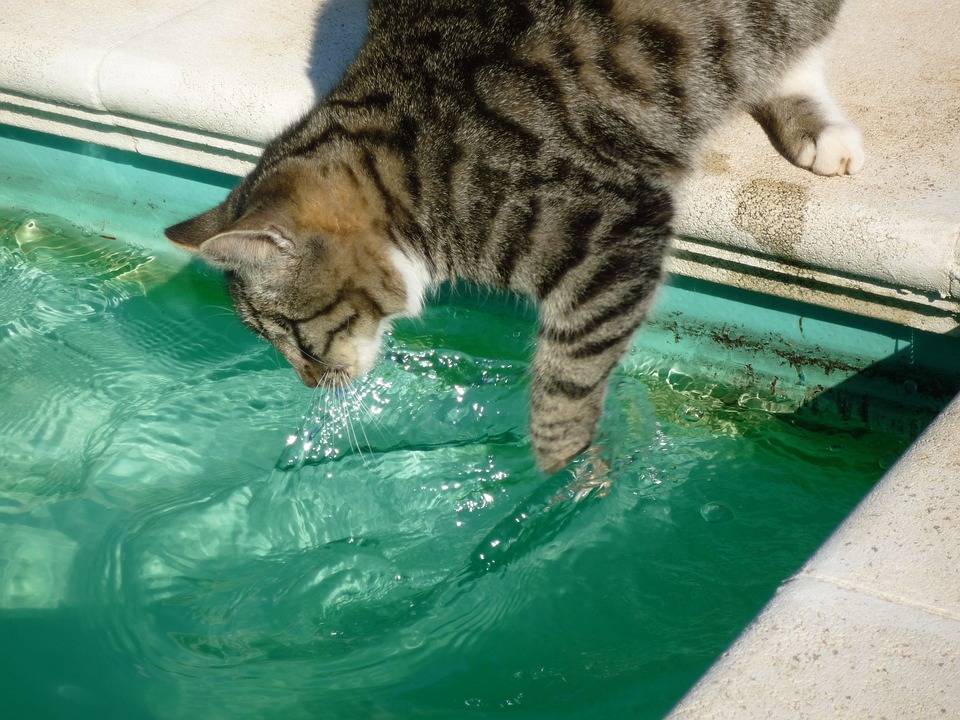Introduction
As an aquarium owner, ensuring the health and well-being of your fish should be a top priority. One crucial aspect of fish care is providing them with proper nutrition. In this article, we will discuss the essential fish tank feeding guidelines that every aquarium owner should know to maintain the health and vitality of their aquatic pets.
Why Proper Feeding is Vital for Fish Health
Before delving into the specifics of fish tank feeding guidelines, it’s essential to understand why proper feeding is vital for the health of your fish. Just like any living creature, fish require a balanced diet to thrive. Feeding them appropriately not only supports their growth and development but also strengthens their immune system, enhances their coloration, and improves overall vitality.
Determining the Right Amount of Food
Feeding your fish the right amount of food is crucial to avoid overfeeding or underfeeding. Here are some key points to keep in mind:
1. Observe their behavior: Pay attention to how your fish behave after each feeding. If there is uneaten food floating around or sinking to the bottom, you may be overfeeding them. Conversely, if your fish exhibit signs of hunger, such as constantly scavenging or begging for food, you might need to increase the portion size.
2. Consider the species: Different fish species have varying dietary requirements. Research the specific needs of your fish to determine the appropriate amount and frequency of feedings. Some species, like herbivorous fish, may need smaller meals multiple times a day, while others may require larger portions less often.
3. Avoid overfeeding: Overfeeding can lead to issues such as water pollution, obesity, and digestive problems. Uneaten food can rot, increasing ammonia and nitrate levels in the tank, which can harm your fish. Remember, it’s better to slightly underfeed than to overfeed, as fish can survive for extended periods without food.
Choosing the Right Fish Food
Selecting the right fish food is essential to provide your fish with a balanced diet. Here are some factors to consider:
1. Nutritional content: Look for fish food that provides a balanced mix of proteins, fats, carbohydrates, vitamins, and minerals. High-quality commercial fish foods often list the nutritional content on the packaging, making it easier for you to choose the most suitable option.
2. Variety is key: Just like humans, fish benefit from a varied diet. Offering a mix of dry flakes, pellets, frozen or freeze-dried foods, and live foods (if suitable for your fish species) can help ensure they receive a wide range of nutrients.
3. Avoid overuse of fillers: Some fish foods contain fillers, such as wheat or corn, which provide little nutritional value. Opt for foods with high-quality ingredients and minimal fillers to ensure your fish receive optimal nutrition.
Feeding Frequency and Timing
Establishing a regular feeding schedule is crucial for maintaining the health of your fish. Consider the following guidelines:
1. Age and size: Younger fish generally require more frequent feedings than adult fish due to their higher metabolic rates. Smaller fish also have smaller stomachs, so they may need smaller, more frequent meals.
2. Feed in small portions: Rather than a single large meal, divide the daily food quantity into several small portions spread throughout the day. This approach mimics the natural feeding patterns of fish and prevents overeating.
3. Time of day: Feed your fish when they are most active. Most species are diurnal, meaning they are active during the day. Observing their behavior will help you determine the ideal time to feed them.
FAQs (Frequently Asked Questions)
1. Can I feed my fish human food?
Feeding your fish human food is generally not recommended, as it may lack the appropriate nutritional balance for their specific needs. Stick to high-quality commercial fish foods formulated for your fish species.
2. How often should I feed my fish?
The feeding frequency varies depending on the species and age of your fish. As a general guideline, feed your fish small portions two to three times a day, adjusting the quantity based on their behavior and appetite.
3. Can I leave food in the tank overnight?
Leaving food in the tank overnight is not recommended, as it can lead to water pollution and compromise the water quality. Uneaten food should be promptly removed to maintain a clean and healthy environment for your fish.
4. Do fish need fasting days?
Many fish species can go without food for a day or two without any adverse effects. Periodic fasting can help prevent digestive issues and allow your fish’s digestive system to rest. However, consult species-specific guidelines or seek advice from a fish expert to determine if fasting is suitable for your fish.
5. Can I feed my fish treats?
Treats can be a great addition to your fish’s diet if they are suitable for your fish species. However, treats should not exceed 10% of their overall diet. Always choose treats specifically formulated for fish and avoid giving them human foods, which may be harmful.
Conclusion
Proper feeding practices are essential for maintaining the health and happiness of your fish. By following the fish tank feeding guidelines outlined in this article, you can ensure your aquatic pets receive the nutrition they need to thrive. Remember to observe their behavior, choose the right food, and establish a regular feeding schedule. Your fish will thank you with their vibrant colors, energetic behavior, and overall well-being.









